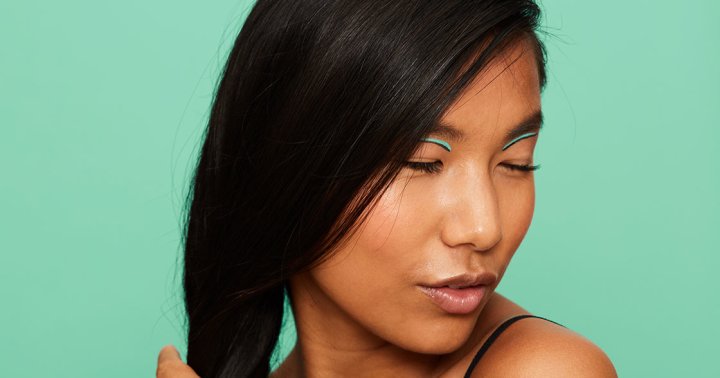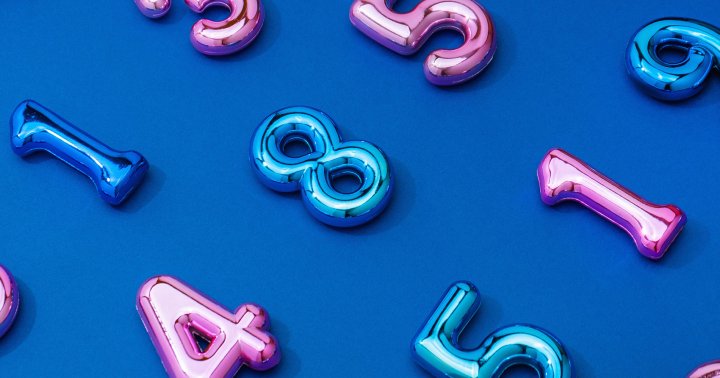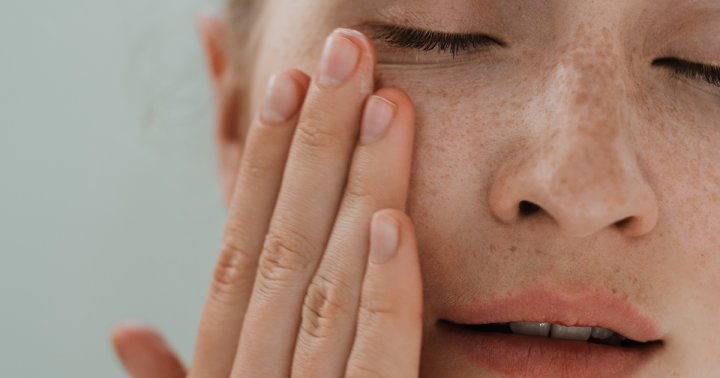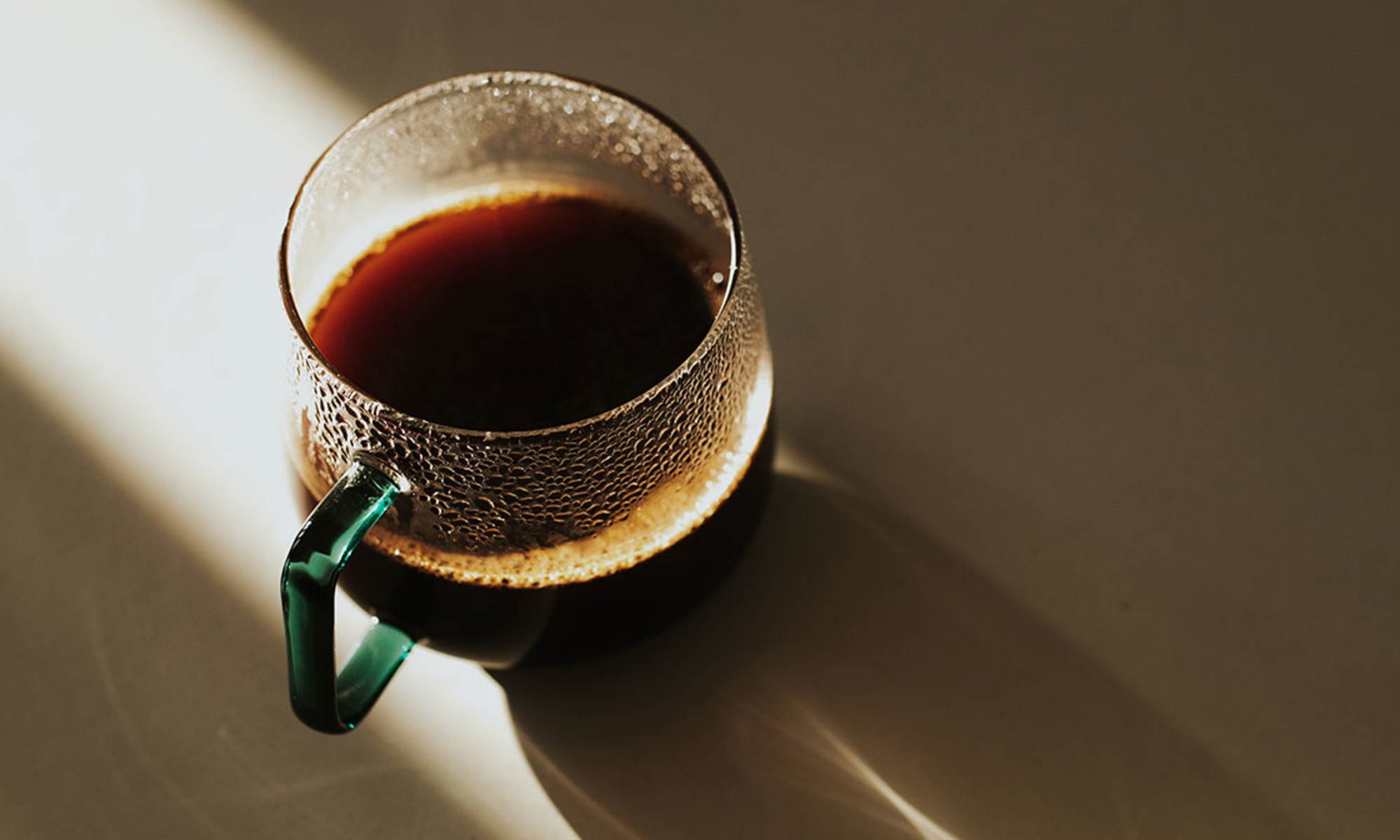Would You Try Cryotherapy For Hair? Experts Say It Will Transform Your Locks
And it's easy to do at home.

When I saw hairstylist Matt Newman run a flat-iron-looking contraption through his wet hair, I audibly screamed. I could practically hear the sizzle of fried hair bonds, feel the tears of a thousand hairdressers. It’s heat styling lesson No. 1, after all: Do not use an iron or curling wand on wet or even slightly damp hair, lest you damage your strands or burn them to a crisp. So you can understand my horror, yes?
Although, I quickly realized this was not a wet-to-dry straightener (cue the collective sigh of relief). No, Newman was using an ice tool to actually help hydrate and repair damage. Some even deem it “cryotherapy for hair,” as it strengthens your strands over time. Intrigued? Find our investigation below.
What is cryotherapy for hair?
Essentially, that freezing tool helps close the hair cuticles almost immediately. “It’s primarily about sealing the cuticle around moisture before it has a chance to evaporate naturally,” says hairstylist Andrea Hans, owner of Broome Street Society in NYC. “[It] locks in hydration by using extremely cold temperatures to force the cuticle to close quickly around the product you choose to use on your hair.”
It’s similar to why you might end your shower with a cold blast. "The cool water temperature closes and strengthens the hair cuticle, which can result in stronger, healthier hair over time," celebrity hairstylist Andrew Fitzsimons once shared with mbg. Especially if you lather on a deep conditioning treatment, a cold temperature can help seal all of those five-star nutrients into the hair shaft. And if you use a freezing ice tool instead? Well, that process happens even quicker.
As we discussed, sealing down the cuticles helps lock moisture into the strand—and when your cuticles are flat, your hair is healthier, shinier, and smoother. While you might use heat and steam to open up these cuticles and make it easier for moisture to seep in, you want to seal down the cuticle after the hair soaks up all that moisture—if they stay lifted, your strands will be more prone to brittleness and frizz.
“Anytime you close your hair cuticle, each strand feels smoother and appears shinier,” says Hans. “Think about a velvet couch—you can push against the natural fiber direction, and it appears more dull. When you smooth it down in the opposite direction, it feels glassy and has a higher shine.”
Sealing those cuticles is important for post-heat styling as well: Hot tools roughen up the hair shaft as they break down the hydrogen bonds in your hair, which is why experts recommend you use a shot of cool air after you blow dry each section of hair. "Using the cool setting helps to lock in your style,” hairstylist Franck Izquierdo, co-founder of IGK, says regarding blow-drying basics. And again, a freezing ice tool can have an even quicker effect. Some salons even offer cryotherapy as a service treatment to help cement the style post-blow-dry.
Technically, you can use these ice tools on wet or dry hair, but according to Hans, you might want to wait until your hair is damp, not dripping. “Water expands as it freezes; if the cuticle of your hair is open and filled with water, the expansion that will happen when it freezes could put unnecessary pressure on your hair shaft and weaken the strand,” she says. If you do plan to use a cryo-tool on an air-dry, many brands (like this ColdBrush by BaBylissPRO or this Inverse Hair Conditioning Kit) recommend you start on damp, towel-dried hair.
You also want to make sure your cuticles are, in fact, open before exposing them to the freezing temperature. “The cryo-iron isn’t going to open and then close the cuticle,” says Hans. Meaning, there isn’t really a benefit to clamping your hair with an ice tool whenever you feel like it. Rather, you want to use these tools to quickly seal the hair shaft—like, say, right after you heat style, apply a hot oil treatment, or if your hair is naturally porous or damaged.
Finally, it helps to have some sort of moisture-rich product to seal into the hair shaft, whether that’s the actual water from your rinse or a nutrient-dense hair oil after a blow-dry. “It’s a great idea to pair the cold iron with products that are not water based,” says Hans. We’re partial to this Davines’ Oi Oil, or feel free to check out a roundup of our favorite hair oils.
Any hair type can benefit from these cryo-tools—however, not everyone should use them with the same frequency. “Just like any extreme temperature exposure to our hair, skin, and nails, moderation is key,” says Hans. Yes, these ice tools are A+ for locking in moisture, but it is possible to overdo it—especially if you frequently freeze your soaking wet strands.
You should also know that a cold iron is not a replacement for a styling tool. Sure, it may look like a flat-iron (I was certainly duped at first), but its main gig is sealing in moisture. It won’t actually manipulate your ‘do. “It will make your natural texture look smoother, but it will not change the shape,” Hans adds.
Cryotherapy tools for hair are becoming quite the buzzy hair care gadget, as they help immediately seal down the cuticle and lock moisture into the strand. While they’re not exactly styling tools—they won’t alter your hair texture—many people use them post-blow-dry to create more hold and a healthy, glassy shine. Consider it the extreme version of a cold rinse.

 ValVades
ValVades 































